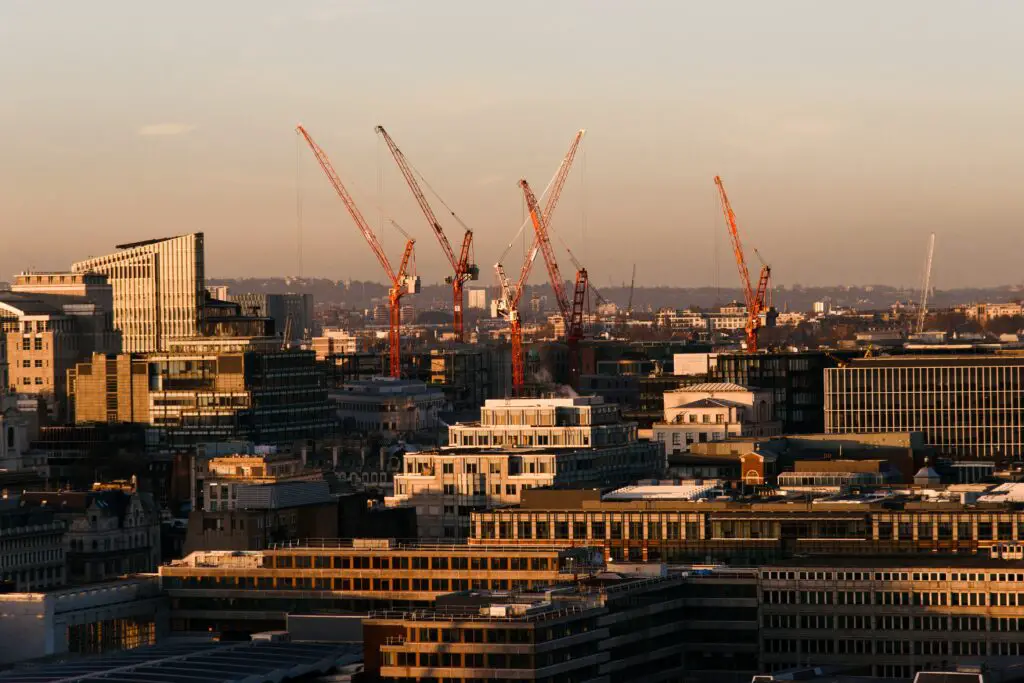The construction industry plays a pivotal role in the development and progress of any nation, and the Philippines is no exception. As a rapidly growing Southeast Asian country, the Philippines has been experiencing an upsurge in infrastructure projects, ranging from commercial buildings to transportation networks and housing developments.
This article aims to provide an in-depth overview of the construction procedures in the Philippines, shedding light on the regulations, processes, and challenges faced in building the nation’s future.
Legal Framework and Regulations
The construction industry in the Philippines operates within a comprehensive legal framework to ensure safety, quality, and environmental compliance. Key regulatory bodies include the Department of Public Works and Highways (DPWH), the Philippine Contractors Accreditation Board (PCAB), and the National Building Code (NBC).
The DPWH oversees the construction and maintenance of public infrastructure, while the PCAB is responsible for accrediting contractors and ensuring they adhere to the standards set by the Construction Industry Authority of the Philippines (CIAP). The NBC, on the other hand, lays down guidelines for building designs, materials, and safety measures.
Project Planning and Approval
Before any construction project commences, developers and contractors must go through a rigorous planning and approval process. This typically involves obtaining the necessary permits and clearances from local government units (LGUs) and relevant national agencies.
The approval process includes securing an Environmental Compliance Certificate (ECC) from the Department of Environment and Natural Resources (DENR) for projects with potential environmental impacts. Additionally, a building permit from the local building official is required before any construction activities begin.
Procurement and Tendering
Public construction projects in the Philippines are often procured through a competitive bidding process. The Government Procurement Policy Board (GPPB) sets the guidelines for public procurement, emphasizing transparency, fairness, and efficiency in the selection of contractors.
Private sector projects usually involve a more straightforward negotiation process between developers and prequalified contractors. The prequalification process is overseen by the PCAB to ensure that only competent and financially stable contractors are eligible to bid for projects.
Construction Phases and Best Practices
Construction projects in the Philippines typically follow a series of phases, including:
a. Site Preparation: This phase involves clearing the site, leveling the ground, and conducting any necessary soil tests.
b. Foundation and Structural Works: The foundation is constructed, followed by the erection of the structural framework.
c. Enclosure: Walls, roofing, and other building enclosures are installed during this phase.
d. Interior and Finishing Works: Plumbing, electrical, and mechanical systems are installed, and the interior finishes are completed.
e. Final Inspection and Handover: After the construction is complete, the building undergoes a final inspection to ensure compliance with safety standards and regulations before being handed over to the client.
Best practices in construction include adhering to the NBC, ensuring worker safety, using high-quality materials, and employing skilled workers. Additionally, contractors are encouraged to adopt sustainable building practices and embrace green construction techniques.
Challenges in the Construction Industry
While the construction industry in the Philippines continues to grow, it also faces some challenges:
a. Infrastructure Deficit: The country has been playing catch-up with its infrastructure needs, leading to high demand for construction services, which can sometimes strain resources and capacities.
b. Bureaucratic Red Tape: The permitting and approval process can be time-consuming and bureaucratic, leading to delays and increased project costs.
c. Workforce Skills Gap: While there is a sizable workforce, there is a need for continuous skills development and training to meet the demands of complex and modern construction techniques.
d. Natural Disasters: The Philippines is prone to natural disasters such as typhoons and earthquakes, which necessitates the incorporation of resilience measures in construction.
Conclusion
Construction in the Philippines is a vital sector that drives economic growth and improves the quality of life for its citizens. By understanding the legal framework, planning and approval processes, procurement, construction phases, and best practices, stakeholders can navigate the complexities of the industry effectively. Despite facing challenges, the construction industry’s future in the Philippines remains promising, as it continues to build a strong foundation for the nation’s progress and prosperity.
To see other material construction prices, please see here.
To know other construction guides, tips, and methodology for beginners, veterans, and contractors, please see here.

